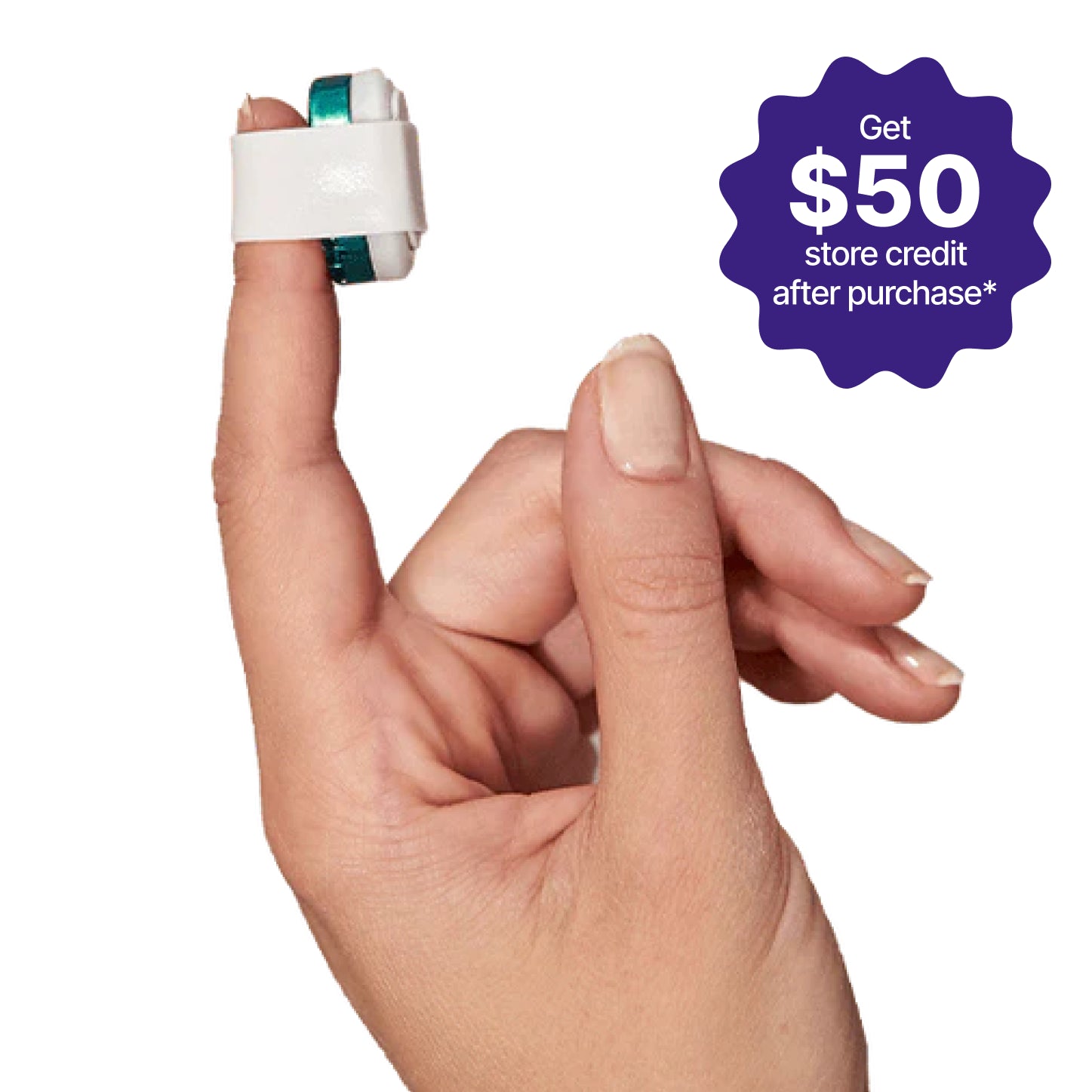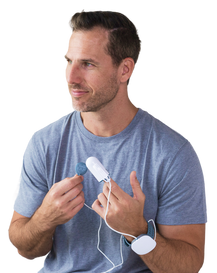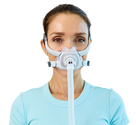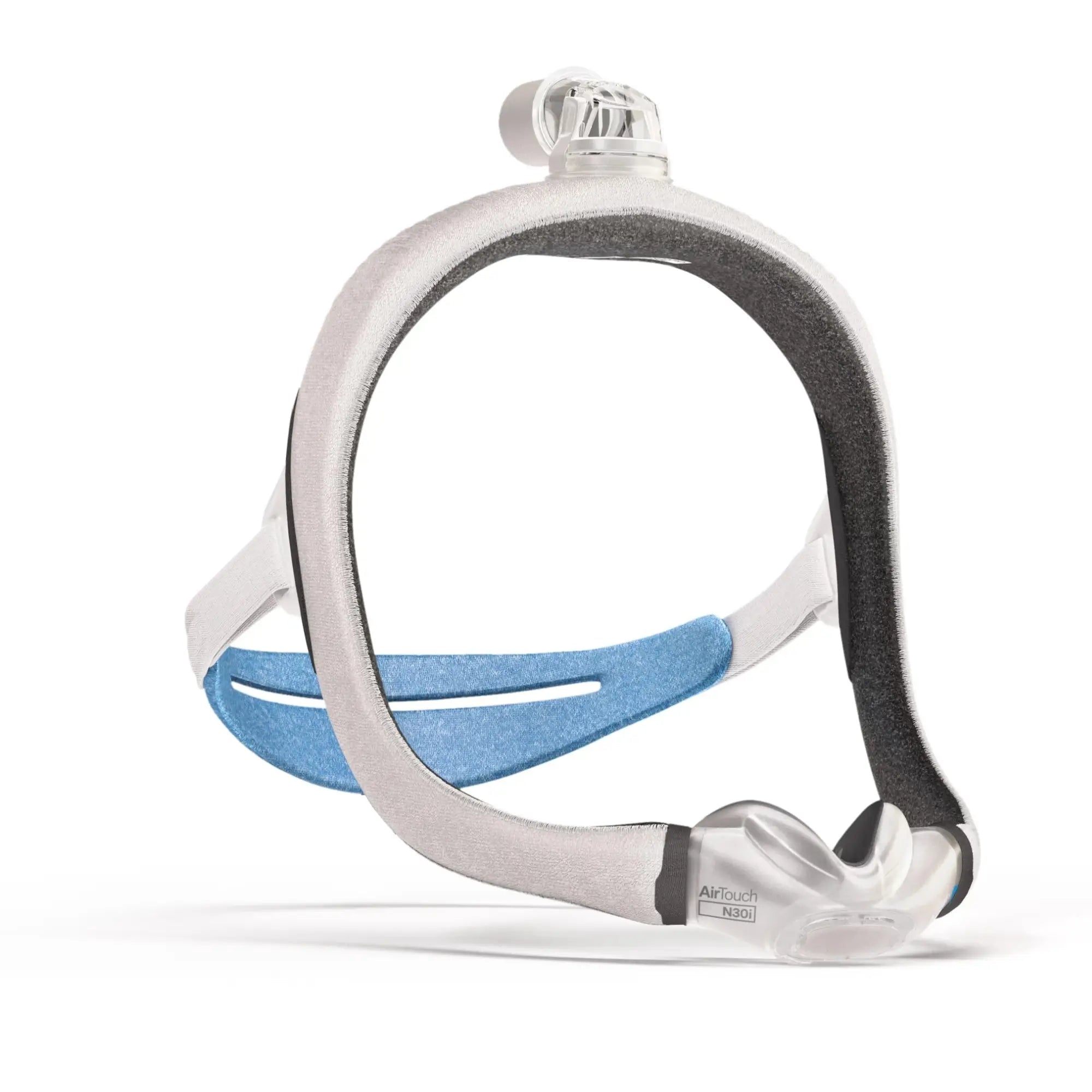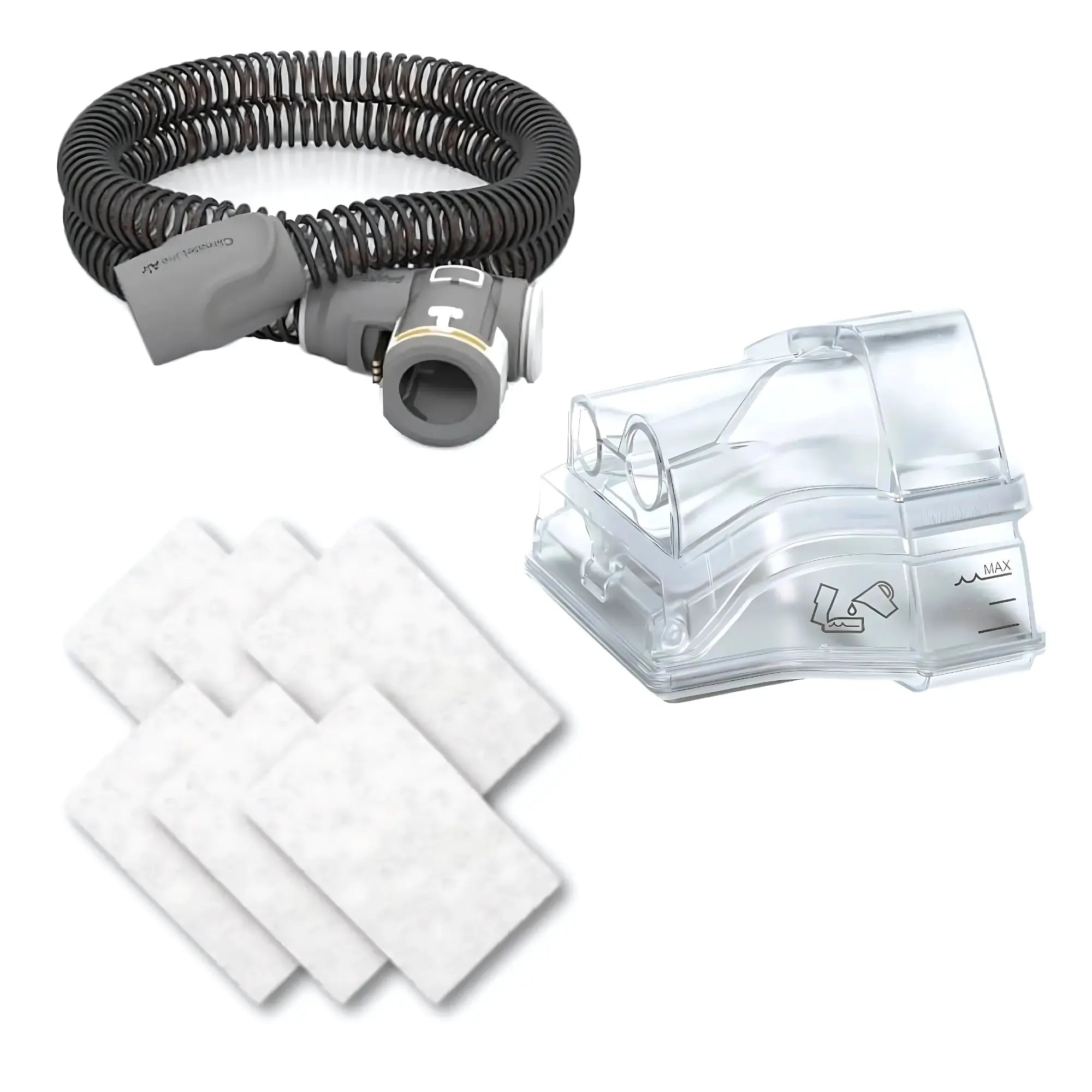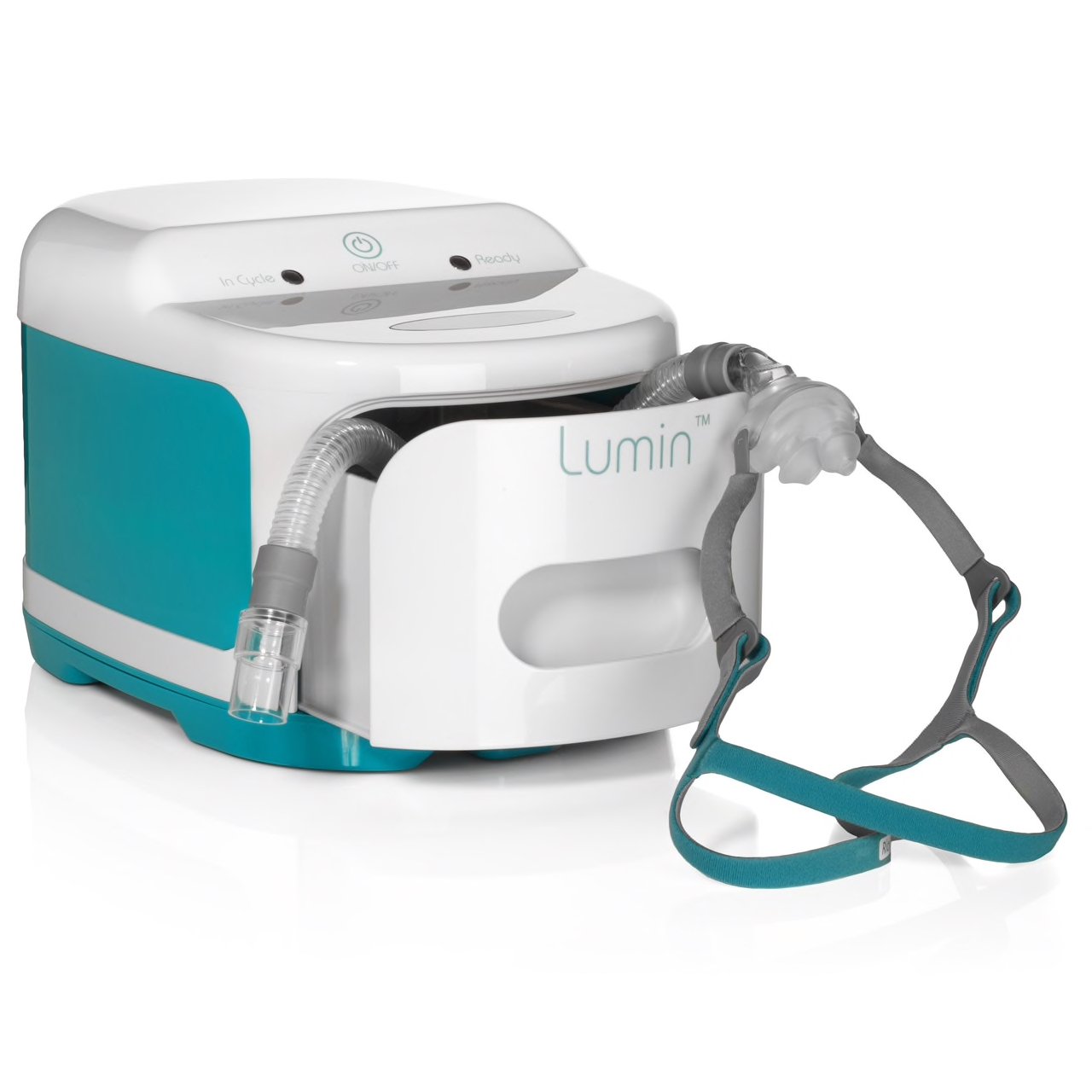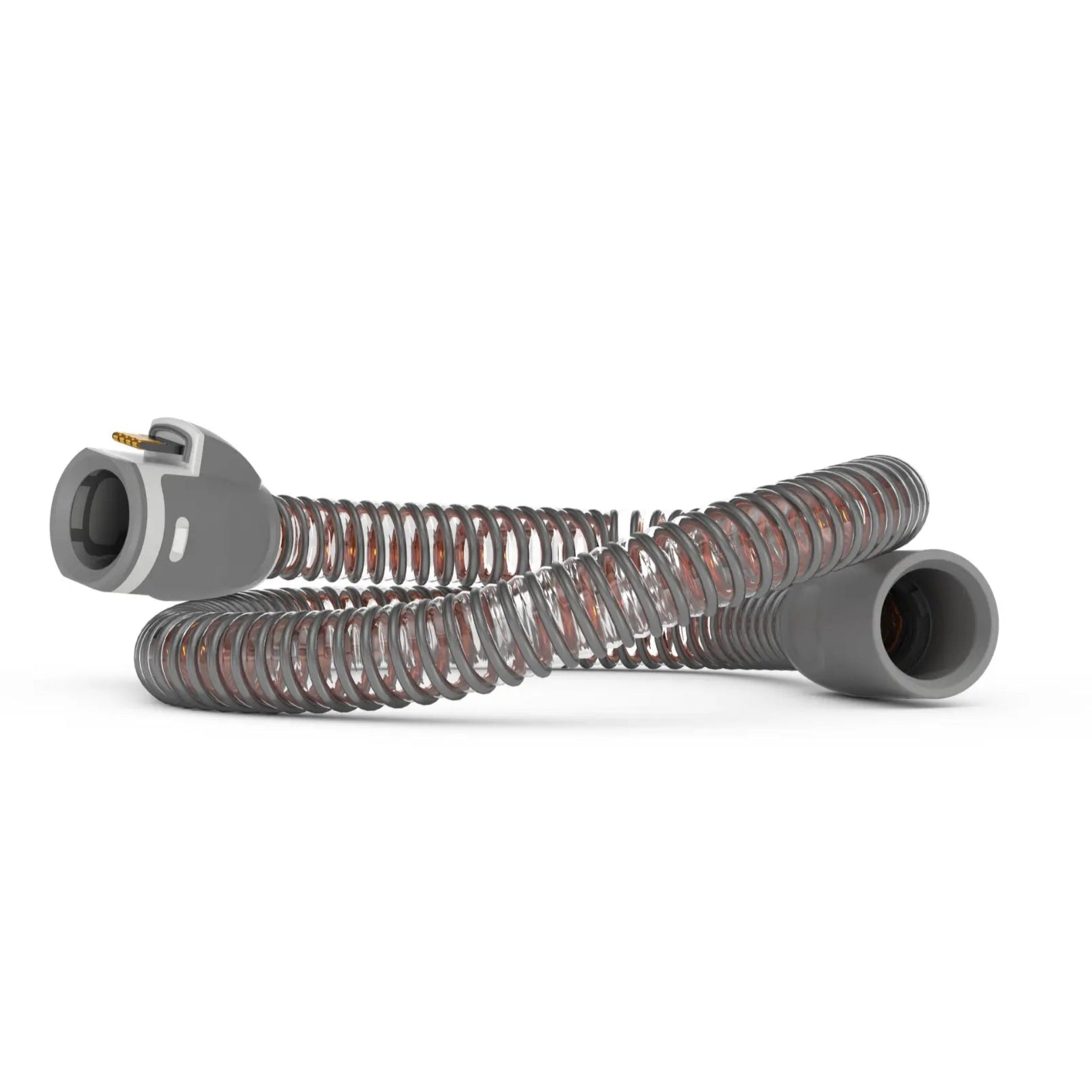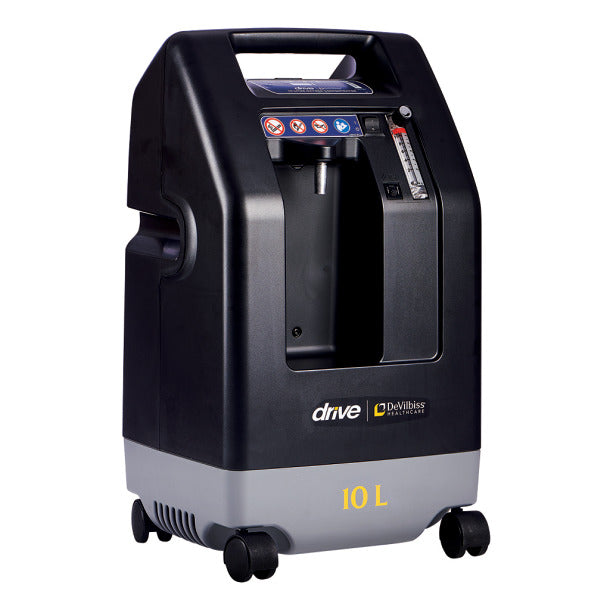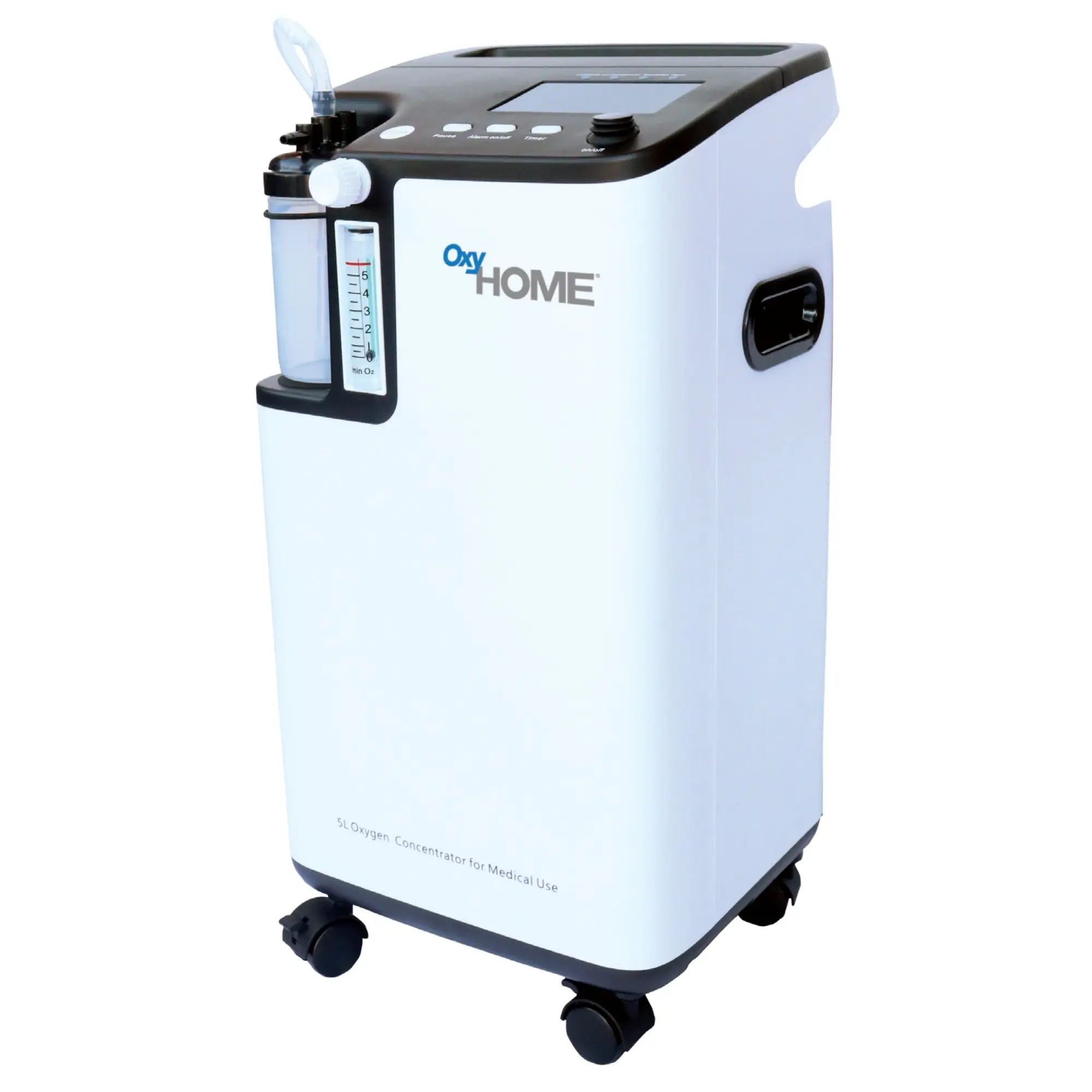Did you know that close to 936 million adults around the world have mild to severe obstructive sleep apnea (OSA)?
That's right, nearly a billion! Obstructive sleep apnea is a serious sleep disorder where your airway repeatedly collapses during sleep, causing you to stop breathing for short periods.
Common symptoms of OSA include loud snoring, gasping or choking during sleep, and excessive daytime sleepiness.
If you experience these symptoms, you're not alone. The good news is that there are treatment options available! One innovative treatment that is making waves is the Inspire Sleep Apnea Device, which offers a new path for those seeking an alternative to traditional OSA treatments.
Let’s dive into all the juicy details of the Inspire Sleep Apnea device.
How Does the Inspire Sleep Apnea Device Work?
Ever wondered how a small device implanted in your body can help you breathe better at night?
The Inspire device works like a tiny pacemaker for your airway, stabilizing your throat muscles during sleep to prevent them from collapsing.
The system consists of three parts:
-
A small, programmable neuro-stimulator that is placed in your chest pocket.
-
A pressure-sensing lead that monitors your breathing patterns.
-
A stimulator lead that delivers gentle electrical pulses to the hypoglossal nerve, which controls your tongue movement.
Think of the Inspire as a tiny pacemaker for your tongue. By gently stimulating the hypoglossal nerve, the device subtly nudges your tongue into a position that keeps your airway open throughout the night.
Here's a step-by-step overview of the minimally invasive surgical procedure to implant the device:
-
Surgeons make a small incision in your chest to create a pocket for the neuro-stimulator.
-
The pressure-sensing lead is placed near your chest wall to monitor your breathing.
-
The stimulator lead is carefully positioned near the hypoglossal nerve in your neck.
The entire procedure is typically performed on an outpatient basis, allowing you to return home the same day.
Controlling the device is also very simple. Each night before bed, you'll use a handheld remote to activate the neuro-stimulator. The device delivers gentle pulses throughout the night, keeping your airway open and preventing sleep apnea events.
The Inspire device can significantly reduce sleep apnea episodes and improve overall sleep quality by stabilizing the airway muscles.

Side Effects and Risks of Inspire Sleep Apnea Treatment
The Inspire device has potential side effects and risks like any medical procedure. It's important to weigh these against the benefits to determine if it's the right option for you.
Common Side Effects:
-
Feeling sore: You might experience some soreness around the implant site after surgery, which is totally normal.
-
Infection: As with any surgery, there's a slight risk of infection around the incision sites.
-
Swelling and redness: Some temporary swelling and redness can occur after implantation.
-
Temporary nerve zaps: You might feel some temporary discomfort in your tongue or throat as your body adjusts to the stimulation.
Serious But Less Common Risks:
-
Equipment malfunction: While rare, there's a small chance the Inspire device might malfunction and require adjustment.
-
Medical device interference: If you have other implanted devices (like a pacemaker), you should discuss potential interactions with your doctor.
Long-Term Effects:
Long-term side effects are uncommon with the Inspire device. However, regular monitoring is crucial.
Regular Follow-Ups:
Your doctor will schedule regular check-ups to monitor the device's function and address any concerns you might have. This proactive approach helps ensure you experience the full benefits of the Inspire therapy.
Insurance Coverage
Most U.S. insurance providers, including Medicare, Veterans Affairs (VA), and major commercial carriers, cover Inspire Therapy. However, the actual coverage and costs vary by insurance plan.
Here are some crucial points to consider:
-
Variability in Insurance Policies: The Inspire device coverage can vary between insurance providers.
-
Medicare Coverage: Medicare covers Inspire therapy for patients who meet the FDA requirements, which include being diagnosed with moderate to severe OSA, having a BMI under 35 , and having struggled with CPAP therapy.
-
Out-of-Pocket Expenses: The cost of Inspire therapy can vary depending on your insurance coverage and the specific fees charged by your doctor or hospital. However, if you meet the FDA requirements and your BMI is below 32, your insurance company might cover the therapy.
-
Eligibility Requirements: To be eligible for insurance coverage, you need to meet the FDA indications for Inspire therapy, which include being an adult (18 or older), having moderate to severe OSA, and having tried and struggled with CPAP therapy.
-
Steps to Verify Coverage: We recommend discussing insurance coverage with your healthcare provider or an Inspire therapy-trained doctor. They can also discuss your coverage options during your initial consultation appointment. It's always best to check directly with your insurance provider to get the most accurate information about your coverage and out-of-pocket expenses.
Eligibility Requirements for Inspire Sleep Apnea Treatment
The Inspire device isn't a one-size-fits-all solution but can be a game-changer for many people with sleep apnea. Here's a quick rundown to see if it might be right for you:
Eligibility Requirements:
The FDA has set specific requirements for Inspire therapy. To be eligible, you typically need to be:
-
18 years old or older
-
Diagnosed with moderate to severe obstructive sleep apnea (OSA)
-
Have tried and struggled with CPAP therapy (like finding it uncomfortable or not using it regularly)
Factors to Consider:
While not a strict requirement, some insurance companies may have a Body Mass Index (BMI) limit for coverage. Additionally, your doctor will consider your medical history to ensure Inspire is the safest and most effective option for you.
Next Steps:
Curious if Inspire might be a good fit for you? Talk to your doctor about your sleep apnea concerns.
Doctors can assess your situation and determine if a sleep study is necessary. If your sleep study confirms OSA, they can discuss whether CPAP therapy is right for you. But if you've struggled with CPAP, Inspire therapy could be a potential alternative.
Who Should Not Use Inspire?
According to the FDA , the Inspire UAS system should not be used for people with specific facial abnormalities, complete upper airway collapse, or neurological conditions. Your doctor can advise you on any potential risks or ineligibility factors specific to you.
Comparing Inspire with CPAP and CPAP Alternatives
While the Inspire device offers a revolutionary approach to sleep apnea treatment, it's not the only option available. Let's explore Inspire alongside the gold standard - CPAP therapy and some other CPAP alternatives and popular snoring and sleep apnea solutions:
The Inspire Device:
This innovative implant offers a minimally invasive approach for those who can't tolerate CPAP therapy. It uses gentle electrical pulses to stimulate the hypoglossal nerve, keeping your airway open during sleep.
CPAP (Continuous Positive Airway Pressure) therapy remains the most widely used and researched treatment for sleep apnea.
CPAP therapy uses a mask to deliver constant air pressure to keep your airway open. While highly effective and backed by extensive research, some users find the mask uncomfortable and struggle with adherence. You can find a variety of CPAP machines on websites like Sleeplay.
For those seeking non-invasive solutions, several alternatives exist:
-
eXciteOSA Daytime Therapy Device : This mouthpiece gently expands your jaw during the day to strengthen your airway muscles.
-
Hush Strips : These adhesive strips applied to the bridge of the nose aim to open your nasal passages slightly.
-
Bongo Rx Sleep Apnea Therapy Starter Kit : This chin strap supports the jaw and helps maintain a more open airway.
-
myTAP PAP : This custom-molded dental appliance repositions your jaw and tongue to prevent airway collapse.
-
Smart Nora : This smart mattress uses vibration therapy to nudge you to change positions and open your airway.
Treatment Comparison Table
Here's a table summarizing the key points:
|
Treatment Solution |
Inspire Device |
CPAP Therapy |
CPAP Alternatives |
|
Mechanism |
Electrical stimulation of tongue muscle |
Constant air pressure |
Varies (mouthpieces, nasal strips, vibration) |
|
Benefits |
|
|
|
|
Limitations |
|
|
|
|
Suitability |
Moderate-severe OSA, or those struggling with CPAP |
Most types of OSA |
Mild-moderate OSA |
When to Avoid Inspire Therapy:
The Inspire device is not suitable in the following instances:
-
Central sleep apnea or mixed apnea (involving both central and obstructive apnea).
-
Complete upper airway blockage.
-
Neurological control issues that could impact breathing.
-
Pregnancy.
-
The presence of other implanted devices that could interfere.
-
Need for certain MRI scans.
Finding the Right Solution:
Talking to your doctor is the best first step in determining the most suitable treatment for your sleep apnea. They can assess your individual needs, medical history, and the severity of your condition to recommend the best course of action.
Conclusion and Next Steps
If you suspect you have sleep apnea, the first step is to take a home sleep test . A minimal device controlled with an app that you can use in your own home for just one night. Results are accurate and reliable, making it the easiest, fastest, and most convenient way to find out if you have sleep apnea.
If you were considering the Inspire device as a sleep apnea treatment solution we hope this post helped you better understand how it works and whether it’s for you. We’ve also compared the Inspire device to other treatment options, including the highly effective CPAP machines and various non-invasive alternatives. Remember, the best treatment plan depends on your unique needs and medical history.
Ready to Take Control of Your Sleep?
Visit Sleeplay to explore our range of CPAP machines and alternatives , such as the eXciteOSA Daytime Therapy Device and Hush Strips. Find the best solution for your sleep apnea needs today.
You're not alone in this journey! You can also reach out to our sleep apnea experts .



